Recently I was fortunate enough to field some questions with Michael Carroll, the current scribe behind one of my favorite franchises: Jennifer Blood! We covered topics ranging from advice to aspiring writers, techniques he uses and his own experiences within the industry.
If you’re ready for this awesomeness, checkout the text below!
UTF: When I sift through my pile of reviews every week, I have to say I am elated when I pick up any version of Jennifer Blood, especially when it has your name on it. How was it coming into this franchise first with the mini (Jennifer Blood: First Blood) and then the main series?
Michael Carroll: My fellow 2000AD writers Al Ewing and Rob Williams met up with Dynamite‘s CEO Nick Barrucci at a convention and they recommended me to him as someone on whom it might be worth taking a shot. So Nick got in touch with me and said that they were thinking about doing a Jennifer Blood “Year One” mini-series, and invited me to pitch ideas for it.
So I spent some time pouring over the Jennifer Blood ongoing series and making copious notes as I tried to craft a prequel that would (a) fit in with what we already knew about the character and her situation, (b) be fresh enough for established readers so they wouldn’t feel I was covering ground they’d already visited, and (c) be a solid introduction to the character so that NEW readers wouldn’t feel like they were in the dark.
The more I studied the ongoing series, the more questions I came up with. Such as: Why has Jen taken so long to get around to taking her revenge? What triggers her at the start of the ongoing
series to start taking them out? How come all of Jen’s uncles live within convenient driving distance of Jen’s house? How on earth can I put Jen in an action-packed, fresh-corpse-filled situation that wouldn’t have the Blutes thinking “Someone’s killing our henchmen – let’s strengthen our defences!”
Eventually, I came up with a scenario that answered all of the questions. I sent it to Nick and the editor, Joe Rybandt, and… They didn’t like it much! So I tried a different approach, and the second time it was successful – it was a much stronger story, and more in line with what Al and Garth had done – so we started working out the contract details.
UTF: Did you feel dwarfed at all by the names that came before you?
Michael Carroll: A little, yes! Garth Ennis and Al Ewing are two of my all-time favorite comic book writers and I really didn’t want to be the guy who metaphorically pooed in their sandbox. But fear is a useless emotion when it comes to writing, so I forced myself to set it aside and keep going. I work better under pressure anyway!
UTF: Following the events of our violent heroine being outed in the public eye and sent to prison I honestly had no idea where the story could go from here, how did you come up with the new narrative path for her?
Michael Carroll: Yeah, Al painted me into a corner and then ran away and left me to fend for myself, the rotter! But I liked that. If he’d left Jen in a safe and healthy situation with all of her problems resolved it would have been much harder for me to pick up the tale and run with it. The trickiest part was that I had to start writing issue
#25 before Al was finished his run. He told me how issue #23 would end (issue #24 is a flashback to Jen’s father: my first issue of the ongoing series was #25), and that was all I got!
So I came into the ongoing series with Jen lying in the prison yard having been stabbed multiple times, bleeding out. Where do we go from there? Obviously, she has to survive, but how? And how do I get her OUT of prison without it being too much of a cliche? So I decided that someone on the outside wants to break her out for their own nefarious purposes.
I had a free hand to do anything I wanted with the character from that point, which was great. It’s certainly a lot easier than writing the First Blood series, where I had to be careful not to contradict anything that had already been published.
UTF: The dialogue with this franchise has always been exceptionally strong, and you’ve continued that, but have there been any points where you looked back and wished that you’d written less?
Michael Carroll: Absolutely! My first couple of issues of First Blood, for example, could be much tighter. Part of the problem is that with comics I was much more used to writing six-page Judge Dredd episodes, so having twenty-two whole pages in which to play was like giving a learner driver the keys to a Ferrari! It’s a credit to the artist, Igor Vittorino, that he managed to produce such fantastic work with so many panels crammed onto the pages!
UTF: When you begin to pen the script, where do you start?
Michael Carroll: For the ongoing series I pitched a six-issue arc to Nick and Joe, so I had the plot for those issues worked out in advance, plus I had a plan for where I wanted the series to go after that. But that’s how I *always* work. Some writers make it up as they go along, but that doesn’t work for me. I *have* to know where the story is going before I start, otherwise I’ll end up writing and rewriting over and over.
So with each issue, I re-read the previous issue’s script and just take it from there. Sometimes I’ll deviate a little from the outline as I go, but the destination – the way in which that issue ends – is always fixed. My routine is pretty simple: start with a blank document, paste in the plot for that issue, and then page-by-page I flesh out the outline. At about the page-ten mark, I start to panic: “I don’t have enough story to fill another twelve pages!” But I keep going, and then at about page sixteen, the panic hits again: “I don’t have enough pages left in which to tell the rest of the story!” Somehow it almost always works out in the end… Except for one time (can’t remember which issue it was) when I checked back over the script at the end and realised I had two page seventeens…
I still have a tendency to put too much into the scripts, so I’ve developed a rule: unless it’s completely unavoidable, I only allow myself one page of script for each page of artwork. I have a very rigid template for my script layouts: one blank line after each panel description, one after each line of dialogue, two blank lines before the start of the next panel description. This forces me to keep the dialogue tight and the descriptions brief. Without that rule, I could easily end up with
Alan Moore-style scripts that have a page and a half describing each panel! That works for Mr Moore, because he’s a genius, but not for me. I prefer something closer to the John Wagner approach that lets the artist flex his or her muscles a little more: “Panel 1. Dredd on bike.”
UTF: Do you have to reach an ideal mood before you even break a story?
Michael Carroll: Hmm… Never actually thought about that before! (And now it’s ALL I can think about – thanks, Harrison!)
No, I just get up in the morning, check my e-mails just in case I’ve won another Nigerian lottery that I don’t remember entering, and then start working. When I’m developing a story I’ll often do some graphics work (I dabble with cgi now and then – lots of examples on my website!) in order to allow the plot to stew in the back of my mind, but for the most part my day consists of working from nine or ten in the morning until about six in the evening when my wife get home from work, then starting again at eleven when she goes to bed, and working until four. I get about five hours’ sleep per night, so my most common mood is “absolutely exhausted.” (That’s what it takes to be a professional writer, friends: thirteen hours a day, seven days a week!)
UTF: When working with the artist, how involved are you in their process?
Michael Carroll: On Judge Dredd the schedule is always tight so there’s rarely time for much back-and-forth with the artist – sometimes I don’t even know who’s drawing a strip until it’s published – but with Jennifer Blood I usually see the layouts and character sketches, and then the pages arrive in batches of three or four, then a PDF of the whole lot, then the coloured version, then the lettered version… So if there’s anything that needs to be fixed – which does happen, but not often – I’ll tell the editor and it’s usually fixed in a day or two.
UTF: How much input does the illustrator have on your written word?
Michael Carroll: Almost none – I hope that doesn’t make me seem dictatorial…! With Jennifer Blood I’m usually two or three scripts ahead of the artist, so there’s not a lot opportunities for them to suggest things. That said, if the artist can come up with a better way to depict a panel than the way in which I’ve described it, then I’ll almost always accept their idea: after all, it’s their work that the readers judge first! The way I see it is this: my job is to tell the story to the artists, their job is to tell it to the readers. The artists (Igor Vitorino on First Blood, Eman Cassalos and Kewber Ball on the ongoing series) are true professionals, and extremely good at what they do. So if they have a better idea, they’re usually right!
UTF: Considering all that has happened do you have an ending in mind for this Punisher style anti-hero?
Michael Carroll: Yep! I know exactly how I want it to end!
UTF: Would you be willing to share? If not, then maybe a hint?
Michael Carroll: Not a chance. All I can tell you is that it’ll be a solid, logical and – I hope – satisfying ending!
UTF: Are there any other franchises you’d like to tackle from Dynamite?
Michael Carroll: All of ’em! I’d love to have a go at tackling some of the classic pulp-fiction characters (especially Red Sonja, The Green Hornet, Zorro, Flash Gordon, The Lone Ranger…)
but the writers of those titles are top-notch and if I started writing the books then I wouldn’t have the fun of reading them! One character I’d absolutely LOVE to tackle is Dan Dare (the recent series by Garth and top artist Gary Erskine was originally published by Virgin comics, but Dynamite did the trade edition).
Plus there’s a new character who shows up in Jennifer Blood #33 who I think deserves their own a mini-series. I won’t say who…
UTF: What about from other companies?
Michael Carroll: I haven’t been keeping up to date with the latest runs of the main DC titles (I’m only a writer – I’m not nearly rich enough to buy all the regular comics I’d like to read!), but I’ve got an approach for a Superman tale that I don’t think has been done before, and I’ve got an absolutely killer idea for a Batman story…
I’d also love to write for Marvel, though I have to admit that dealing with half a century of continuity and multi-title crossovers is a little daunting (Judge Dredd has thirty-six years of continuity – and that’s REAL continuity, too: Dredd ages in real time – but with Dredd I have the advantage that I’ve been reading the comic right from the start, plus there’s only two regular titles, rather than dozens of them).
Back in 1990, the Marvel title that got me back into reading American comics was The New Warriors, which I absolutely adored. The first run lasted for seventy-five issues, which is pretty good going for a title that many pundits dismissed before it was published. There’s been a few attempts to revive The New Warriors since, but they haven’t lasted – that’s one I’d like to tackle. So if anyone from Marvel is reading, get in touch!
UTF: Do you have any advice for aspiring writers that might be reading this article?
Michael Carroll: Yep. If you want to write, there are two things you must do.
1. Read. A lot.
2. Write. A lot.It’s a simple as that! The first is important because would-be writers who don’t read are just fooling themselves, and the second is important because it’s obvious. Or it SHOULD be obvious, but strangely it’s clearly not obvious to some people.
I’ve met far too many people who claim to be writers but who never actually get around to writing anything.
On that note: No one cares about the stuff you claim you’re going to write, only what you *have actually written*. Got that? Talking about writing is not the same thing as writing! If you have an idea for a novel or a comic, don’t tell anyone. If you do, you’ll run the risk of getting it out of your system and reducing the impetus to put it on paper. Just write it. If it’s not working, set it aside and write something else before you come back to it.
Also, you should never, ever, EVER corner a professional writer and tell them at length all about the book that one day you’re going to write! They don’t care, they really don’t want to hear about it, and if they seem to be listening eagerly that’s because they’re just being polite while they’re secretly wishing for any excuse to escape the conversation.
A writer’s reading list should be diverse. Don’t only read the genre in which you plan to write: read everything… Romance, classics, westerns, science fiction, old detective novels, fantasy, horror, young adult books, biographies, history… everything!
As this piece winds down I want to take the time to thank Michael Carroll for the opportunity to ask him some questions. I absolutely enjoyed the answers he gave and I can’t wait to read what the writer does next.
But what did you guys think of the interview? Sound off with your thoughts and opinions in the comments section below!




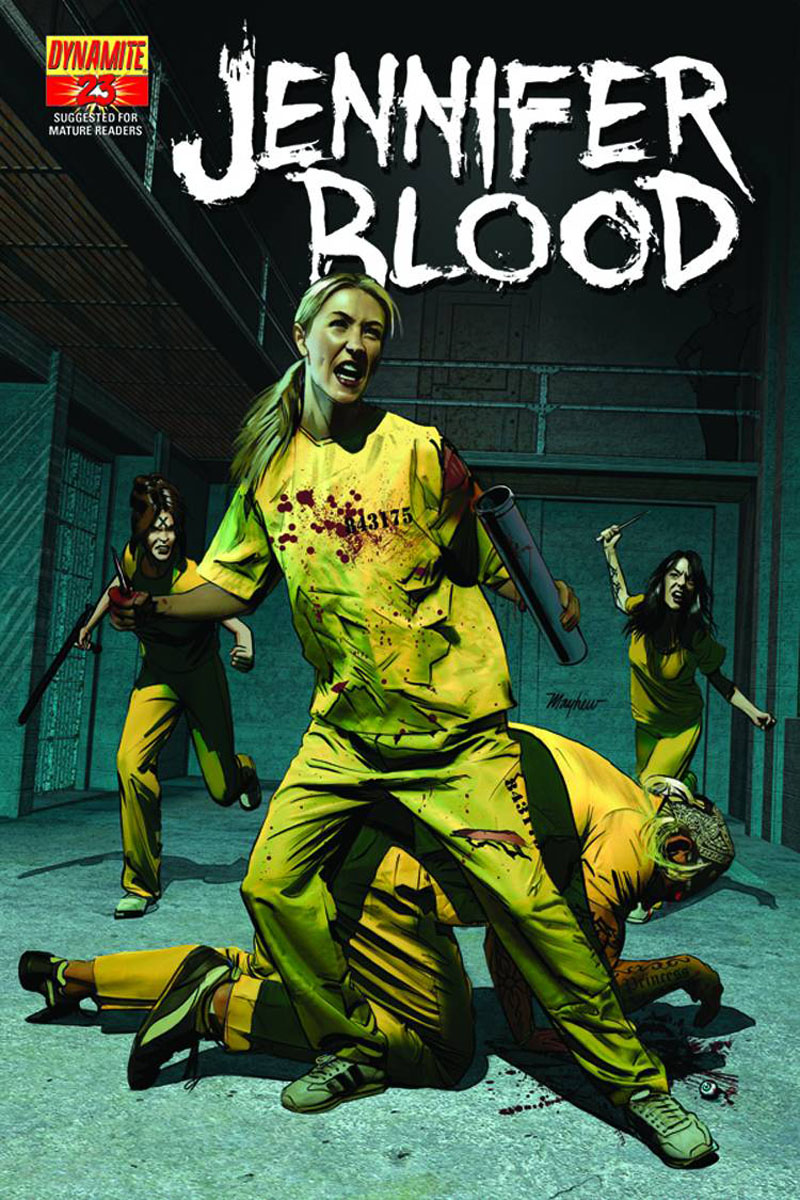








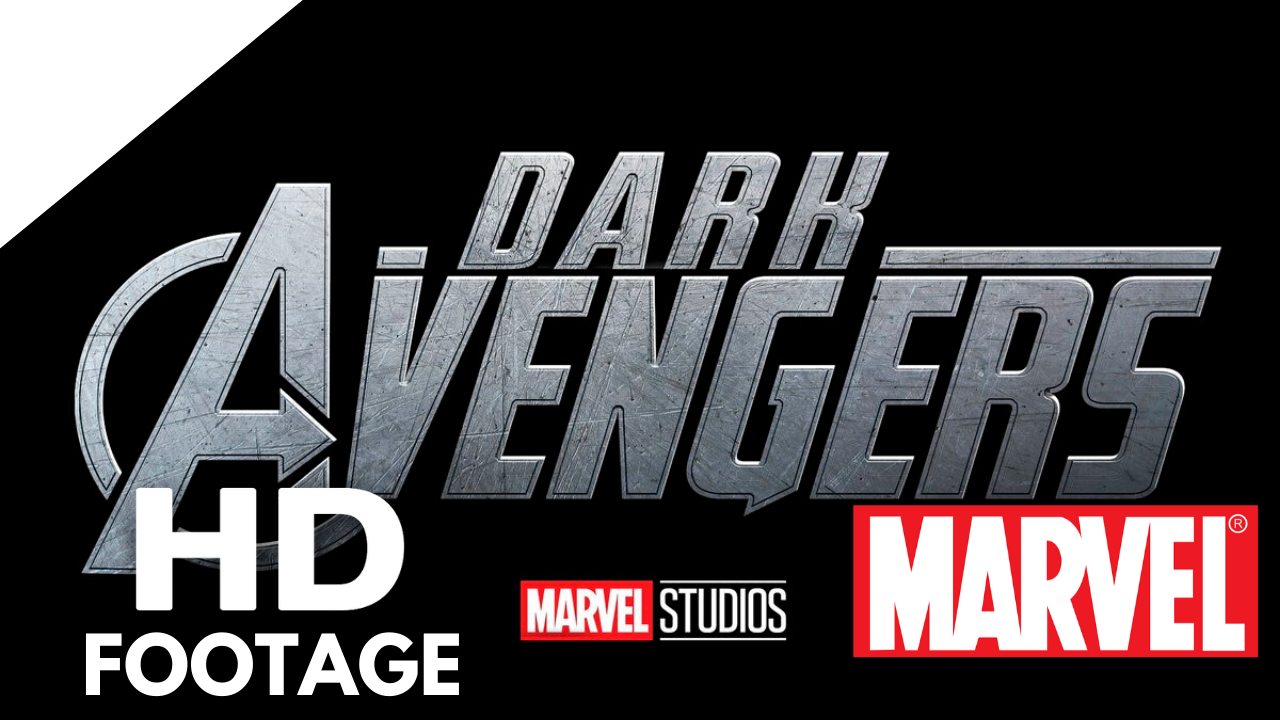
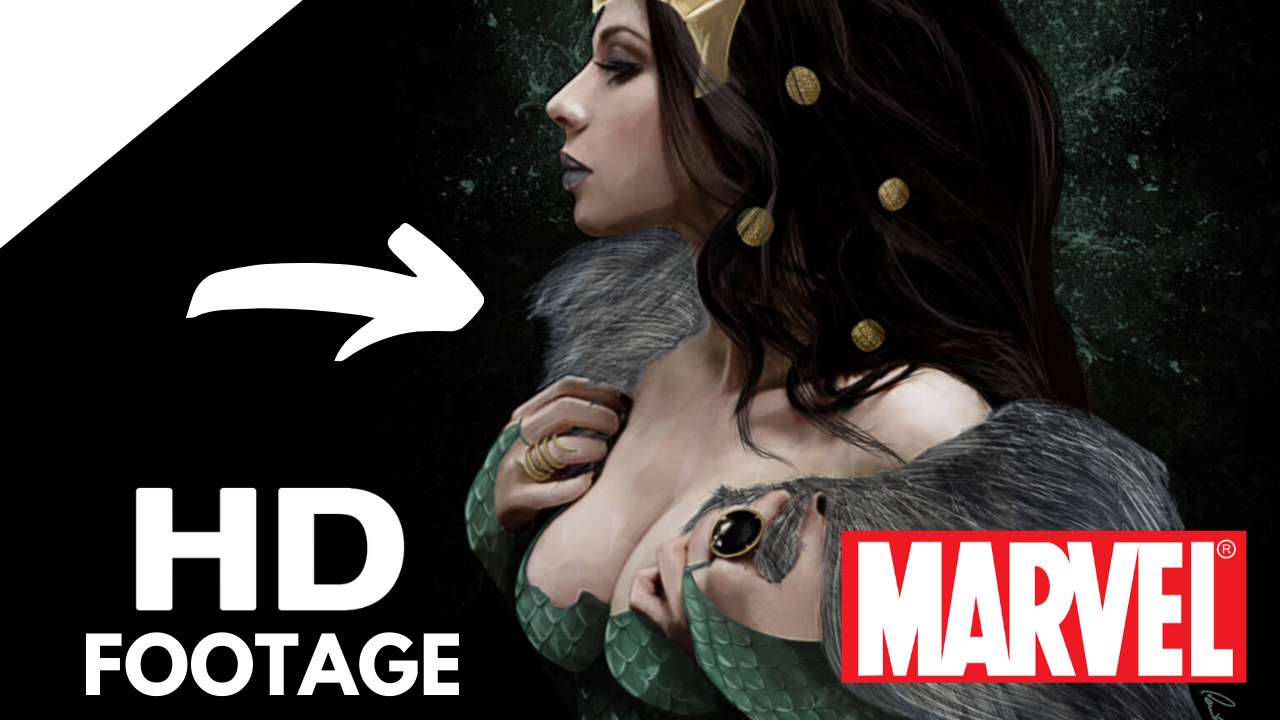
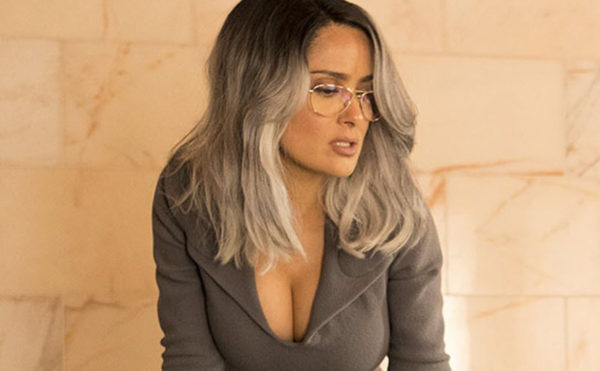
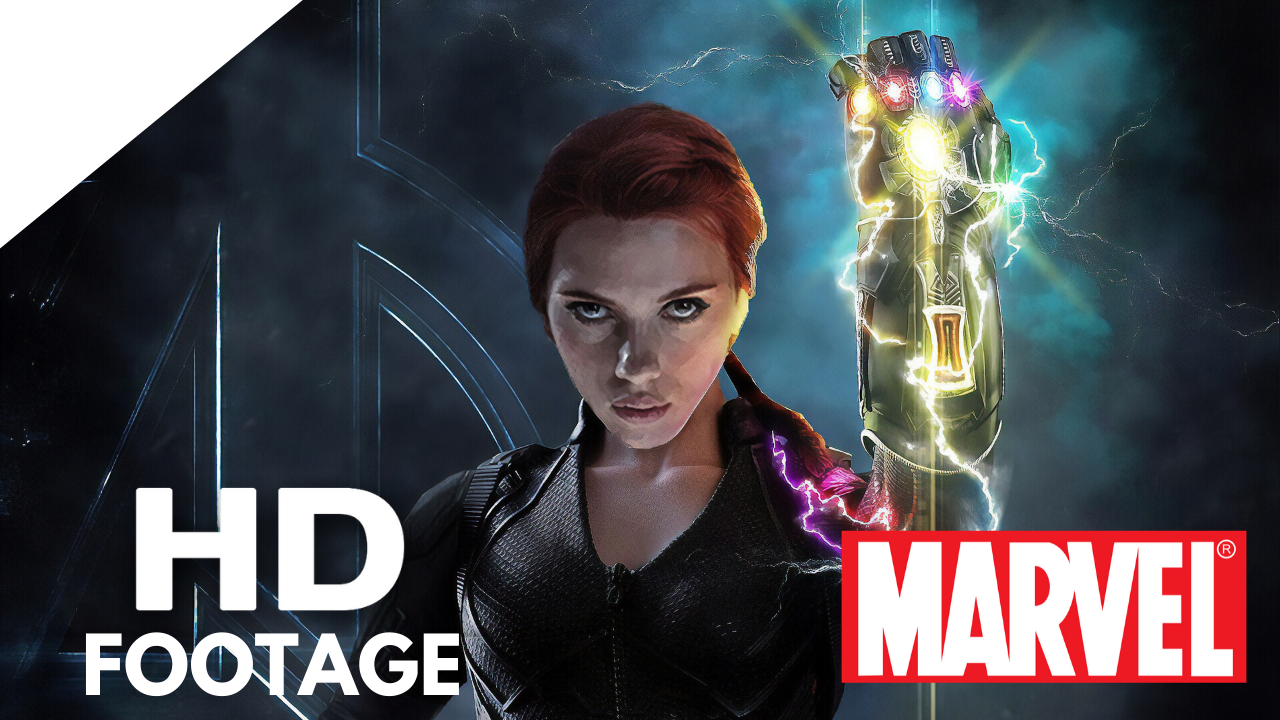

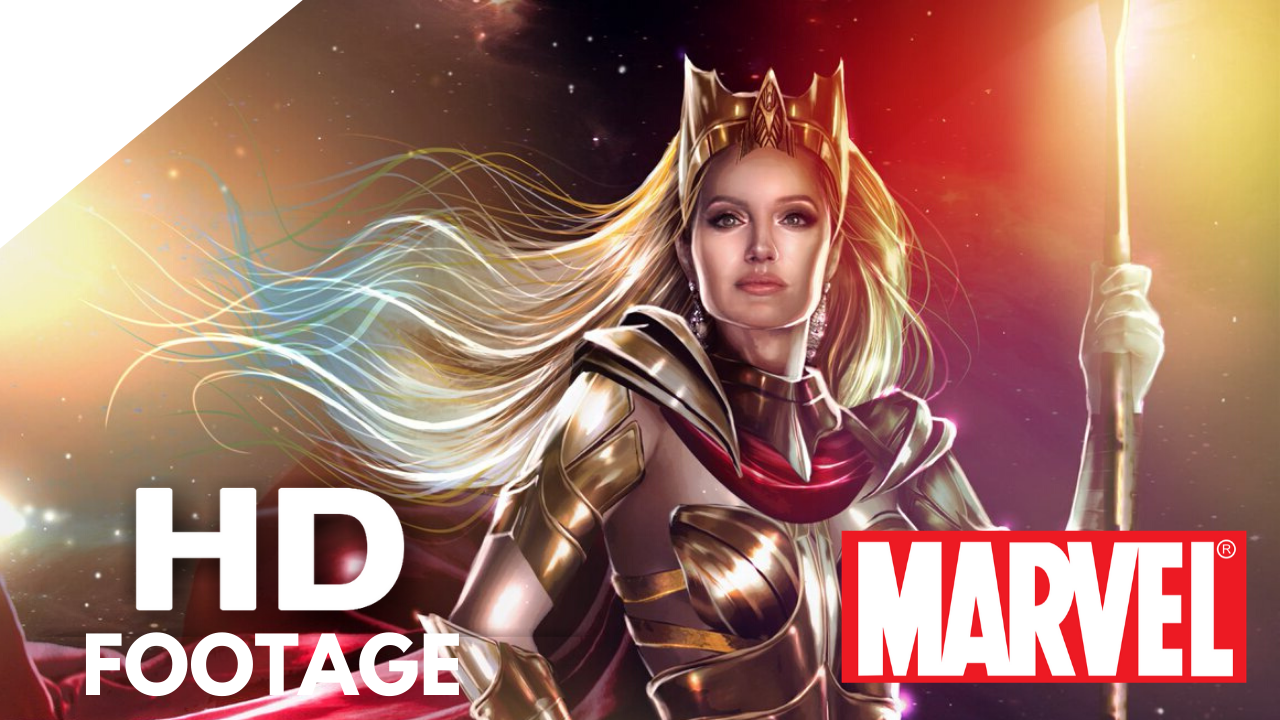
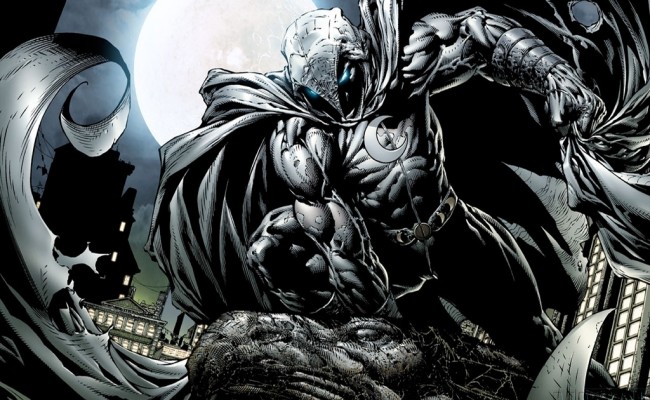
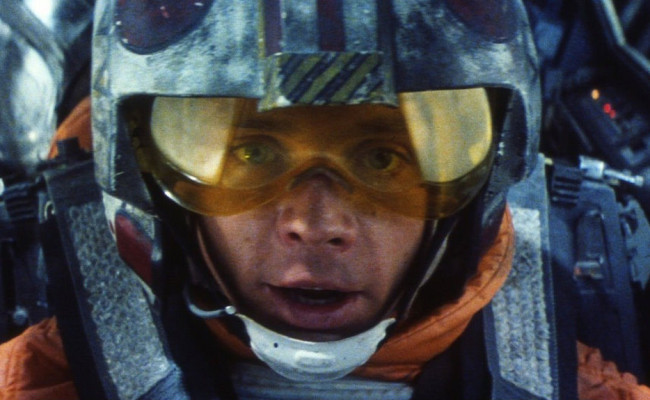
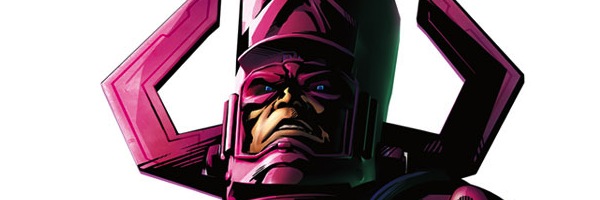

S#!T Talking Central